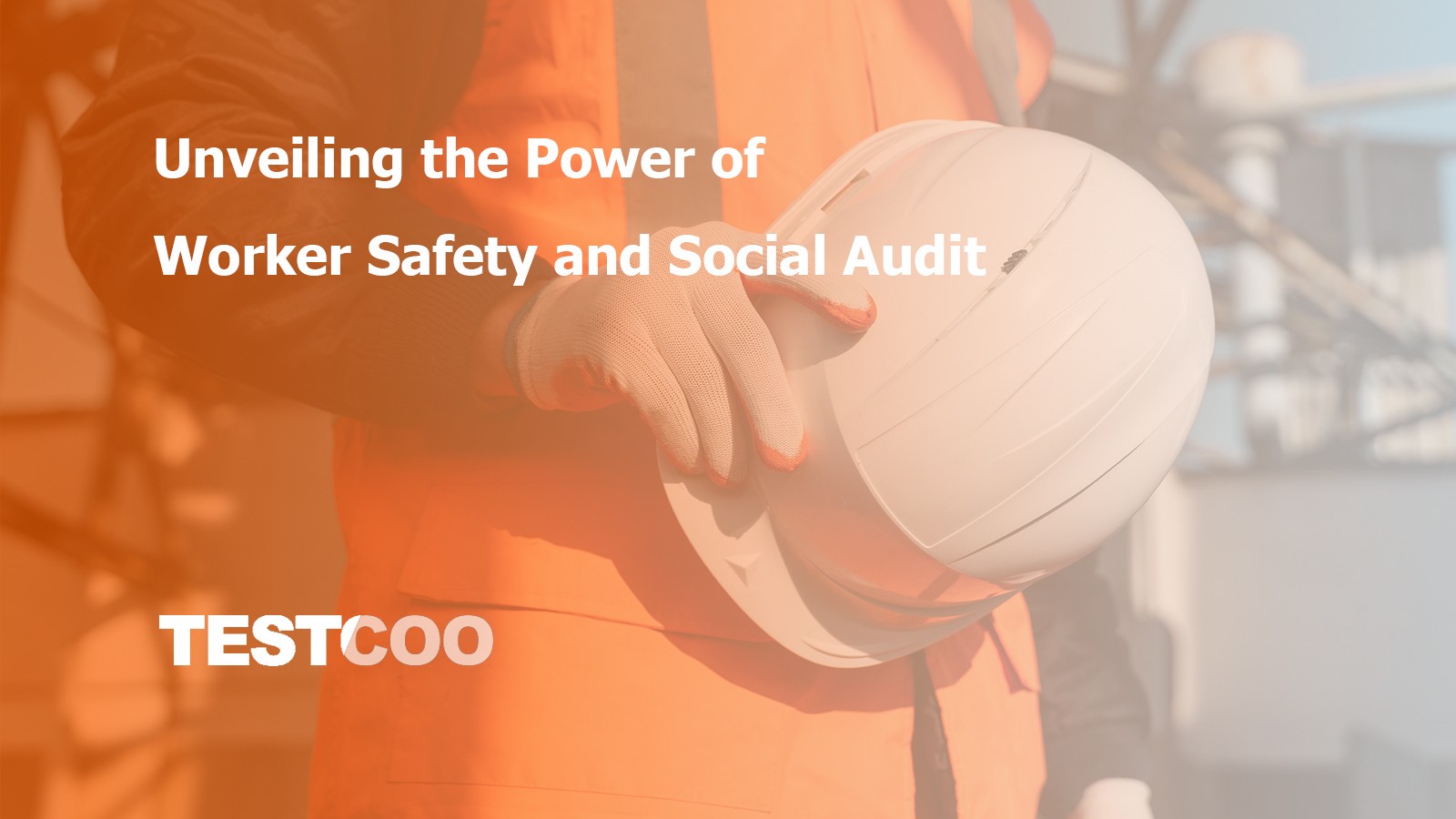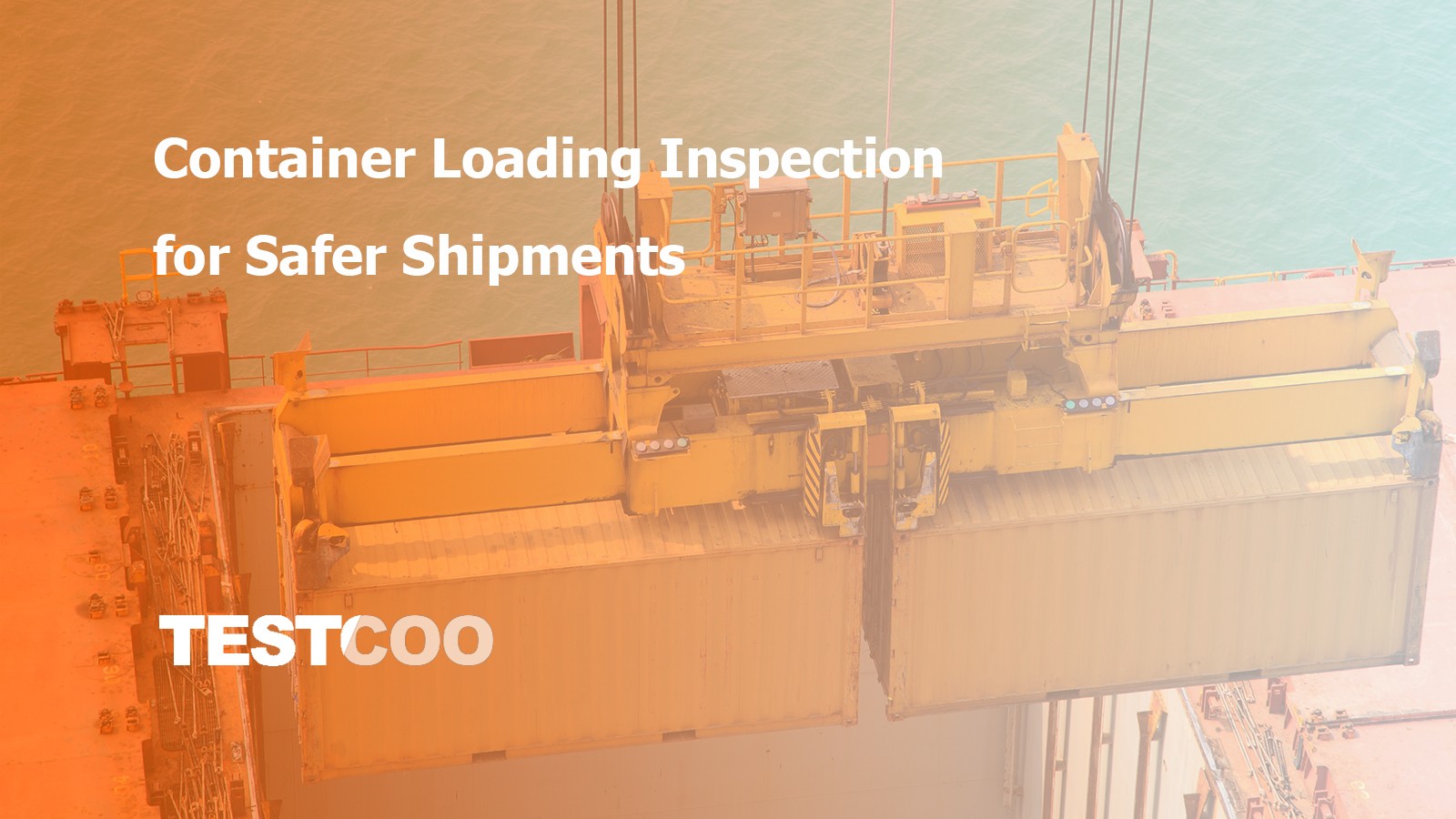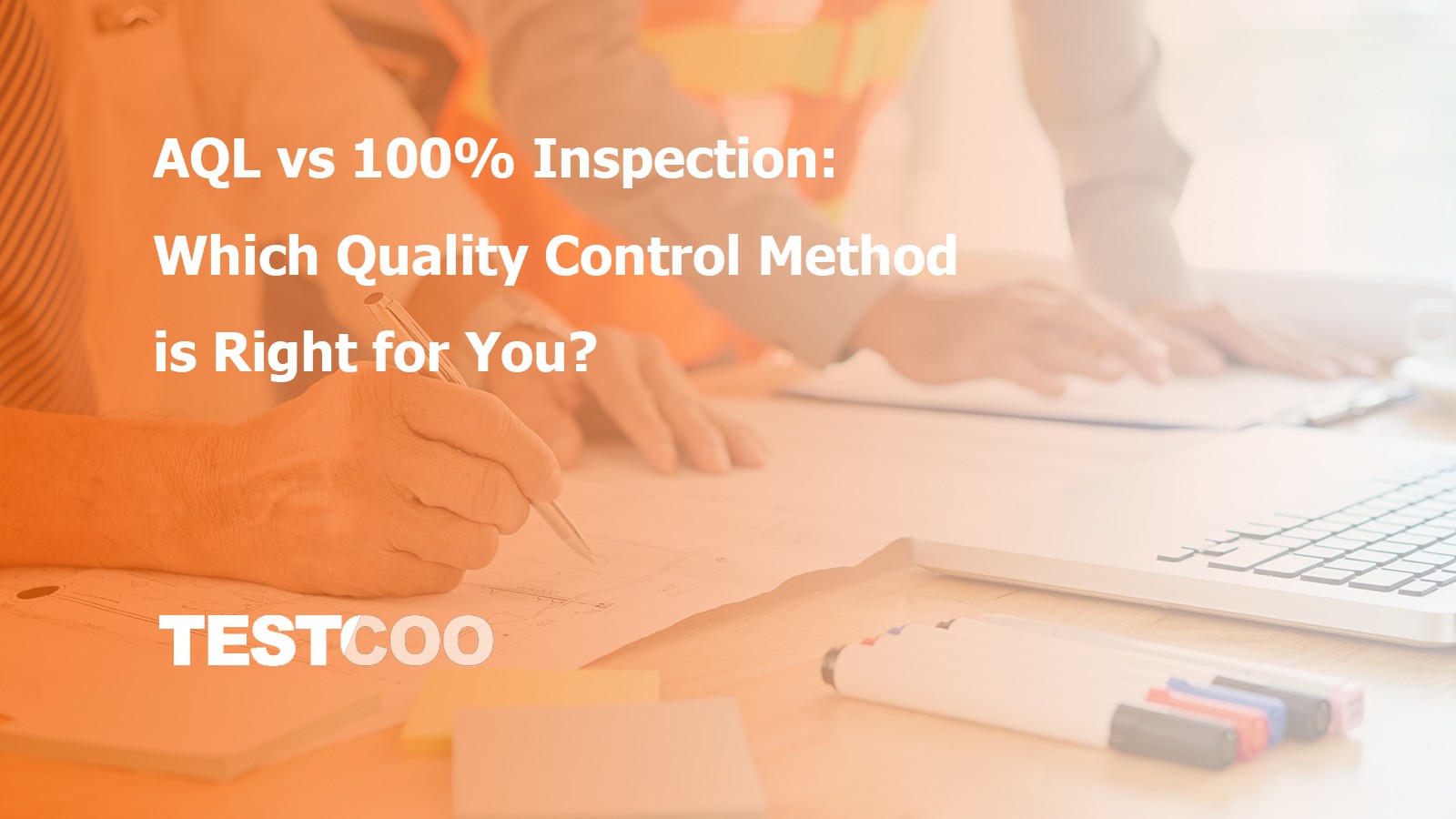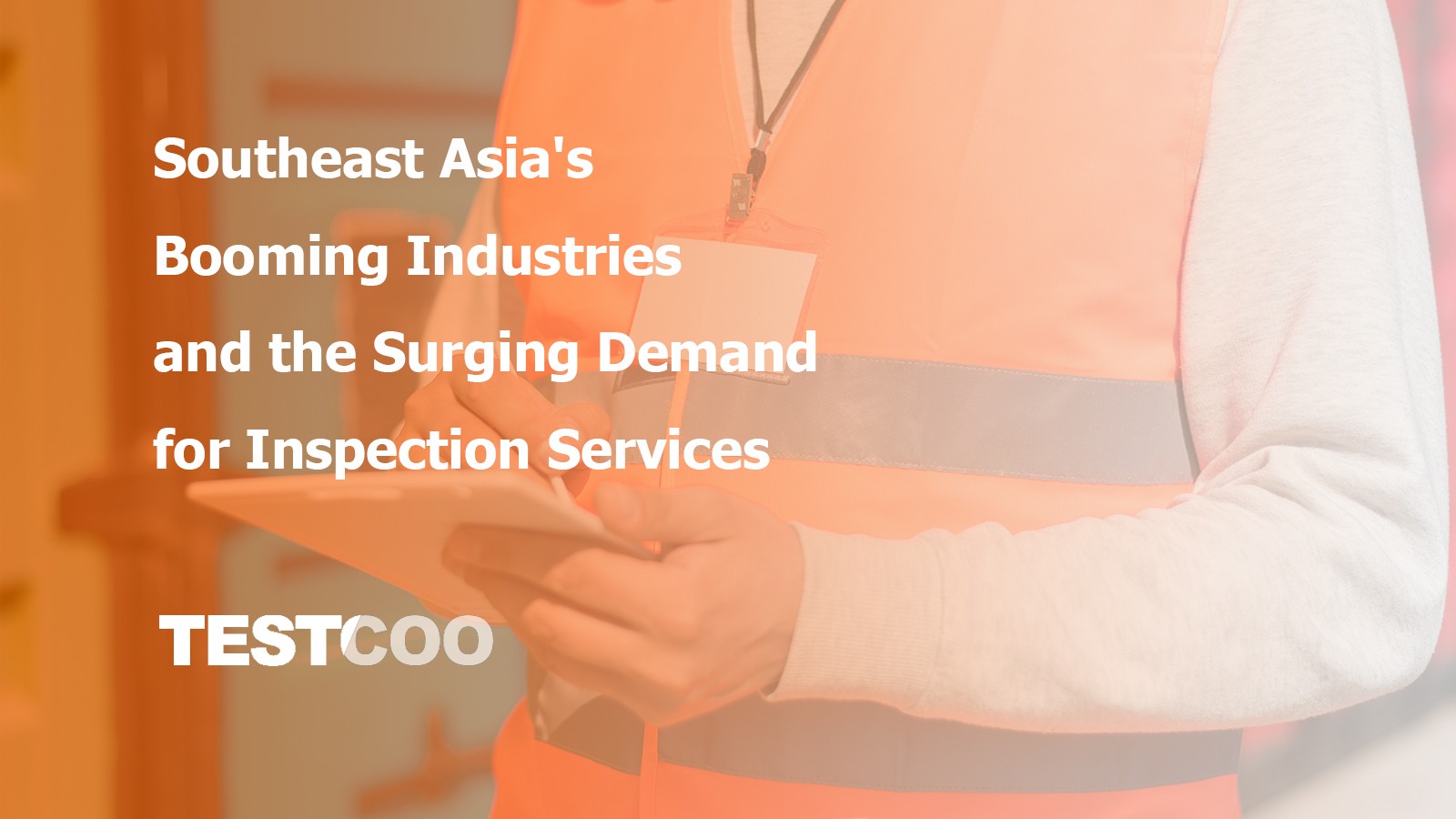The 4 Types of Quality Inspection Services
Four types of quality inspection services are usually distinguished. Each one corresponds to a particular step in the production process. They are all part of the toolbox of every importer when it comes to buying in China and other low-cost Asian countries.
The four types of quality inspection services

All quality inspection services are not adapted to the same situation:
Pre-production Inspection
A pre-production inspection tells the buyer which kind of raw materials (or components) will be used. Factories are often suspected of lowering their costs by purchasing substandard materials, and this can be disastrous for the buyer (e.g. the wrong kind of chip in an electronic device).
The pre-production inspection can also focus on the processes followed as production starts. Sometimes this can also be critical, as Chinese factories very often cut corners and do not respect the buyer’s blueprints (e.g. patterns for cutting fabric are received from the buyer, and they are modified to make the process easier and faster).
During production inspection
A during production inspection (often called “DUPRO” in the industry) allows the buyer to have an idea of average product quality, early in the production cycle. It is the most useful and the most under-rated tool at the disposal of importers, who often only rely on final inspections.
It usually takes place once some finished products have come out of the lines. If quality issues are found, what is already produced might be re-workable, and corrective actions can be taken for the rest of the job. It gives buyers the time to plan ahead, and even to avoid delays (repairs and re-inspections take much more time when problems are noticed after all production is finished).
Final random inspection
The final random inspection (also called “pre-shipment inspection”) is by far the most common type of QC check. It takes place once 100% of shipment quantity is finished and at least 80% is packed, so it can be a real random inspection and suppliers cannot play games.
It puts pressure on suppliers and gives power to buyers. Its objective is really to confirm a shipment’s quality, rather than catching issues early. Therefore I usually advise my clients to complement final inspections with a DUPRO, to avoid finding disasters at the last minute.
Container loading inspection
The container loading inspection, like the pre-production inspection, it is seldom used. But it can be a worthwhile option in some specific cases.
It can be useful if the buyer has a precise loading plan and needs it to be respected very precisely (e.g. some cartons are too fragile to be placed at the bottom), or if the packaging is not conventional (e.g. some garments hung on bars, with no carton protection).
It can also ensure that the right kind of products are shipped out in the right quantity, when the importer places no trust in his supplier or when several suppliers bring their products for consolidation.
Only the most sensitive projects require all four types of inspection. Generally, only one or two of these tools are used, depending on the risks identified by the buyer.
These quality inspection services are used mostly for consumer goods involving little customization. Different approaches are often chosen for ensuring that industrial products are up to specs (much more attention is spent during development and early production).
Free Sample Report Performance Quality Control
Download a sample report to keep control of your supply chain!
Featured Articles
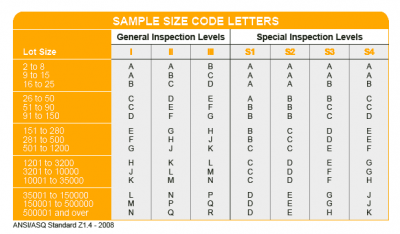 AQL Table | How to Read It
AQL Table | How to Read It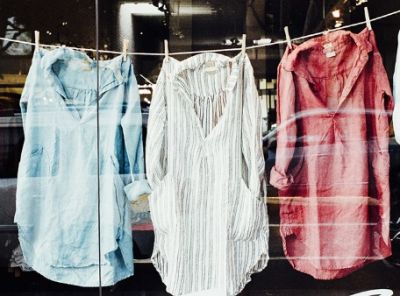 TOP 10 Common Defects in Garments Quality Inspection
TOP 10 Common Defects in Garments Quality Inspection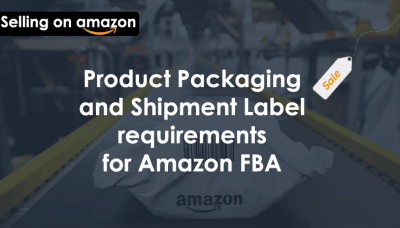 Product Packaging and Shipment Label requirements for Amazon FBA
Product Packaging and Shipment Label requirements for Amazon FBA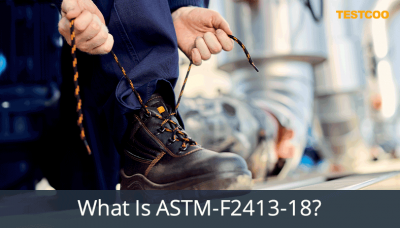 What Is ASTM-F2413-18? Protective Footwear Standard
What Is ASTM-F2413-18? Protective Footwear Standard How to Conduct Third-Party Quality Control Inspections for Electric Scooters
How to Conduct Third-Party Quality Control Inspections for Electric Scooters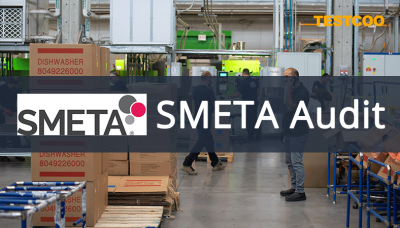 SMETA Audit-What is SMETA Audit?
SMETA Audit-What is SMETA Audit?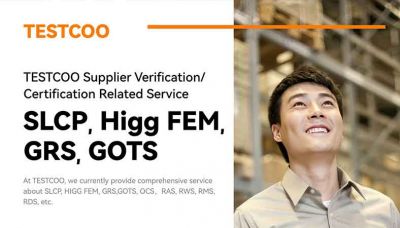 TESTCOO Supplier Verification/Certification Service SLCP, Higg FEM, GRS, GOTS
TESTCOO Supplier Verification/Certification Service SLCP, Higg FEM, GRS, GOTS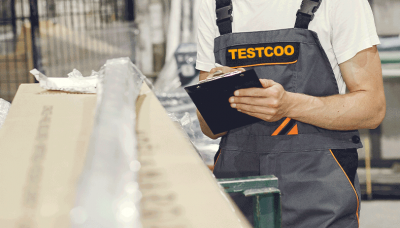 Quality Control Inspection Company in China
Quality Control Inspection Company in China What is Quality Inspection? A Complete Guide
What is Quality Inspection? A Complete Guide Guidelines for Product Inspection in India
Guidelines for Product Inspection in India
Category
- Production Inspection Service
- Factory Audit
- Softline Inspection
- Hardline Inspection
- Electrics Inspection
- Certification
- Checklist
- Manufacturers
- Quality Assurance Basics
- Products Recall
- AQL
- Guidence and Standard
- News
- Supplier Management
- Amazon
- Protective Equipment
- e-commerce quality control
- Indian Manufacturing
- Soft Goods Quality Control
- Supply Chain Management
- Supply Chain Resilience
- E-Commerce Quality Control
- ISO 2859
- Supply Chain Optimization
- Garment Industry
- Higg Index
